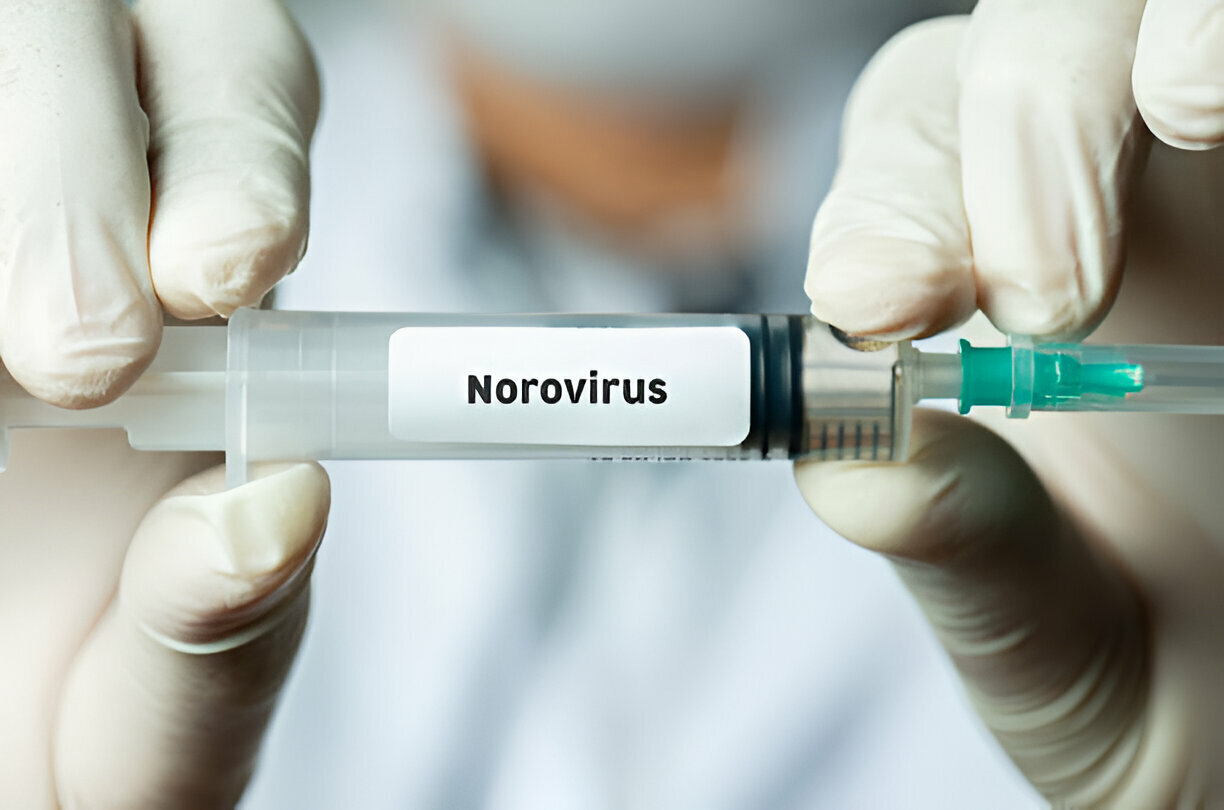Use Immunofluorescence to Characterize Nasal Mucosa Models

The nasal mucosa is comprised of different types of epithelial cells that act as a barrier for inhaled substances. The olfactory and respiratory epithelia are thought to be the main sites for drug absorption in the nose. Thus, there is great interest in studying drug transport across nasal epithelial cell layers. Studying drug permeation through the nasal barrier is like analyzing how well a medicine can pass through the wall of the nose.
In vitro cell culture models are important tools to simulate the nasal barrier without using animal models. Key criteria for evaluating nasal epithelial cell models include: formation of tight cell layers, presence of tight junction proteins, mucin production, cilia formation, and measurement of drug permeation. Immunofluorescence (IF) staining can help characterize these features. IF staining acts like a flashlight to highlight important features of the cells.
Primary cells derived from porcine olfactory and respiratory mucosa were compared to the standard RPMI 2650 nasal cell line model. Hematoxylin-eosin staining showed the primary cells formed monolayers, while RPMI 2650 formed multilayers. Tight junction protein zonula occludens-1 (ZO-1) IF staining was highest in respiratory primary cells, indicating tighter cell junctions. More cilia staining with acetylated α-tubulin was seen in olfactory cells. The primary cells were like well-organized bricks while the RPMI 2650 cells were stacked haphazardly like a messy pile.
Mucin production is important for simulating the nasal mucosal environment. Staining and PCR showed olfactory cells produced more mucin 5AC than respiratory primary or RPMI 2650 cells. Secreted mucin 5AC was detected on the surface of olfactory cultures. The olfactory cells oozed mucus like a runny nose.
Drug permeation across the cell barriers was tested using FITC-dextran. RPMI 2650 layers were leakier, with higher FITC-dextran flux than primary cells. Respiratory primary cells had the highest transepithelial electrical resistance, suggesting tightest cell junctions limiting paracellular permeation. A correlation between tight junction staining, electrical resistance values, and permeation was seen. The RPMI 2650 cells leaked like a punctured water balloon while the primary cells provided a sturdy barrier.
In summary, IF staining helped characterize key features of respiratory and olfactory primary nasal cells versus the RPMI 2650 cell line. The primary cells showed better properties related to tight epithelial barriers, mucin secretion, cilia formation and permeation measurement. This indicates primary nasal cells may provide a more translational model compared to standard tumor-derived cell lines for investigating intranasal drug delivery. When selecting a cell model, the specific nasal region and cell types targeted for drug delivery should be considered. The primary cells acted like living tissues while the RPMI 2650 cells behaved more artificially.
Click to View → Mantacc Nasopharyngeal Sampling Kit
Reference
Ladel S, Schlossbauer P, Flamm J, Luksch H, Mizaikoff B, Schindowski K. Improved In Vitro Model for Intranasal Mucosal Drug Delivery: Primary Olfactory and Respiratory Epithelial Cells Compared with the Permanent Nasal Cell Line RPMI 2650. Pharmaceutics. 2019 Aug 1;11(8):367. doi: 10.3390/pharmaceutics11080367. PMID: 31374872; PMCID: PMC6723747.









